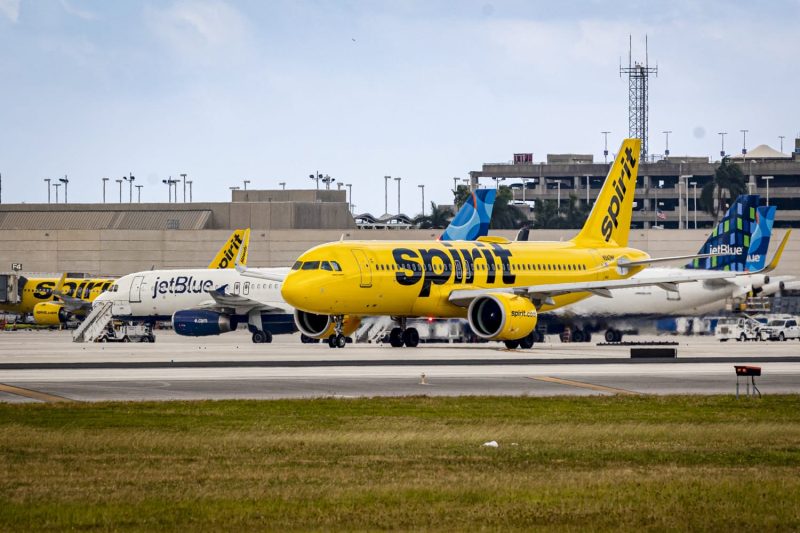Low-Cost Airlines’ Strategy Shift: Where are they Cutting Back Now?
With the global aviation industry navigating challenges posed by the COVID-19 pandemic, low-cost airlines have been compelled to undertake strategic transformations to adapt to the evolving landscape. An area where significant adjustments are being made is in the procurement and usage of new aircraft. Historically, low-cost carriers have been synonymous with operating a fleet of relatively new planes to maintain operational efficiency, lower fuel costs, and ensure a positive passenger experience. However, the current scenario has forced these airlines to reevaluate their approach and identify areas where they can cut back to optimize resources and promote sustainability.
One notable aspect where low-cost airlines are cutting back now is the frequency of fleet expansion. In the bid for rapid growth and market capture, many budget carriers previously placed large orders for new aircraft to continuously expand their fleet. However, with the pandemic drastically reducing air travel demand, these airlines are now reassessing their expansion strategies. Instead of adding more planes to their fleet, low-cost carriers are focusing on streamlining their existing fleet and optimizing aircraft utilization. This shift allows airlines to reduce costs associated with fleet maintenance, pilot training, and operational complexity, thereby enhancing overall efficiency.
Another area of cutback for low-cost airlines is in the selection of aircraft types. Traditionally, budget carriers favored new generation fuel-efficient planes such as the Boeing 737 MAX and Airbus A320neo to benefit from lower operating costs and improved fuel efficiency. While these aircraft offer significant advantages, the associated high purchase prices and long-term commitments have led low-cost airlines to reconsider their fleet composition. In response to the current economic uncertainty, budget carriers are opting for mixed fleets that include a blend of new and older aircraft. By incorporating older, well-maintained planes into their fleet, airlines can reduce upfront capital expenditures and diversify their aircraft portfolio.
Moreover, low-cost carriers are cutting back on non-essential features and amenities to reduce operating costs and maintain competitive pricing. In light of the current financial constraints impacting the aviation industry, airlines are focusing on cost optimization by eliminating excess services that do not directly contribute to the core passenger experience. This includes reducing in-flight entertainment options, simplifying cabin configurations, and minimizing onboard amenities to streamline operations and enhance cost-efficiency. By adopting a more bare-bones approach, low-cost airlines can align their services with changing passenger expectations while keeping ticket prices affordable.
Furthermore, the emphasis on sustainable practices is prompting low-cost airlines to cut back on environmentally harmful operations and invest in eco-friendly initiatives. With growing pressure to reduce carbon emissions and minimize environmental impact, budget carriers are exploring ways to enhance sustainability across their operations. This includes the adoption of fuel-efficient flight routes, investing in biofuels, and implementing eco-conscious practices throughout the aircraft lifecycle. By prioritizing sustainability efforts, low-cost airlines can demonstrate their commitment to environmental stewardship and attract eco-conscious passengers while contributing to a greener aviation industry.
In conclusion, low-cost airlines are strategically cutting back on various aspects of their operations to adapt to the current economic challenges and promote sustainable practices. By reassessing their fleet expansion strategies, optimizing aircraft selection, streamlining services, and prioritizing sustainability, budget carriers are proactively reshaping their business models to thrive in a post-pandemic aviation landscape. These strategic cutbacks underscore the resilience and adaptability of low-cost airlines as they navigate uncertainties and strive to deliver value to passengers in an evolving industry environment.
